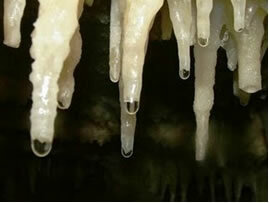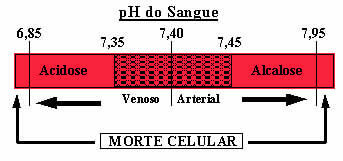
In a saturated solution of silver chloride (AgCl), for example, the equation for the ionic dissociation of this salt in an aqueous medium is given below:
AgCl(s) ↔ Ag+(here) + Cl-(here)
If we add an aqueous solution of hydrochloric acid (HCl) to this saturated solution, we can observe the formation of a precipitate of silver chloride, because, as said, the solution will be saturated, therefore, it will already have the maximum amount of AgCl that can be dissolved in this volume of water and at temperature environment.
The same can be said of the Ag ions+(here) and Cl-(here); they had the highest possible mol/L concentrations.
The dissociation of HCl in aqueous medium is given by the following equation:
HCl(here) ↔ H+(here) + Cl-(here)
Notice that the chloride ion (Cl-(here)) is the common ion to balance. Thus, when the HCl is added, the Cl concentration is increased.-(here). According to the principle of Le Chatelier:

This means that with the addition of chloride ions, they will be in excess in the system, which will favor the shift from equilibrium to the direction of consuming them, that is, in the direction of the reaction to the left, of the inverse reaction, with the formation of AgCl precipitate(s).
Do not stop now... There's more after the advertising ;)
It is important to note that the common ion effect only affects the displacement of an equilibrium reaction, but does not change the equilibrium constant (Kç), as long as the temperature is kept constant as it is only affected by a change in temperature.
Furthermore, the pH of the solution can also be changed: as the balance is shifted to the left, the degree of ionization of the acid or base is decreased.
For example, if we add sodium acetate (NaCH3COO) in an aqueous solution of dilute acetic acid (CH3COOH), the equilibrium shift will be to the left, since the common ion, in this case, is the acetate ion (CH3COO-(here)). These ions will have to be consumed, forming non-ionized acid.
See how this happens by analyzing the dissociation of sodium acetate and acetic acid separately:
- NaCH3COO(s) ↔ In+(here) + CH3COO-(here)
- CH3COOH(here) ↔ H+(here) + CH3COO-(here)
See that how the acetate ion is the common ion, the shift in balance causes them to be consumed and the degree of ionization of acetic acid to decrease. Therefore, the common ion effect causes a decrease in the concentration of H ions+(here), increasing the pH value.
The common ion effect explains important chemical and physical processes
By Jennifer Fogaça
Graduated in Chemistry
Would you like to reference this text in a school or academic work? Look:
FOGAÇA, Jennifer Rocha Vargas. "Common Ion Effect"; Brazil School. Available in: https://brasilescola.uol.com.br/quimica/efeito-ion-comum.htm. Accessed on June 28, 2021.
Chemistry

Test your knowledge and learn more with this list of solved exercises on chemical balances. Through this material, you will be able to better understand how to work equilibrium constants (Kp, Kc and Ki), equilibrium shift, pH and pOH, as well as equilibrium in so-called buffer solutions.



